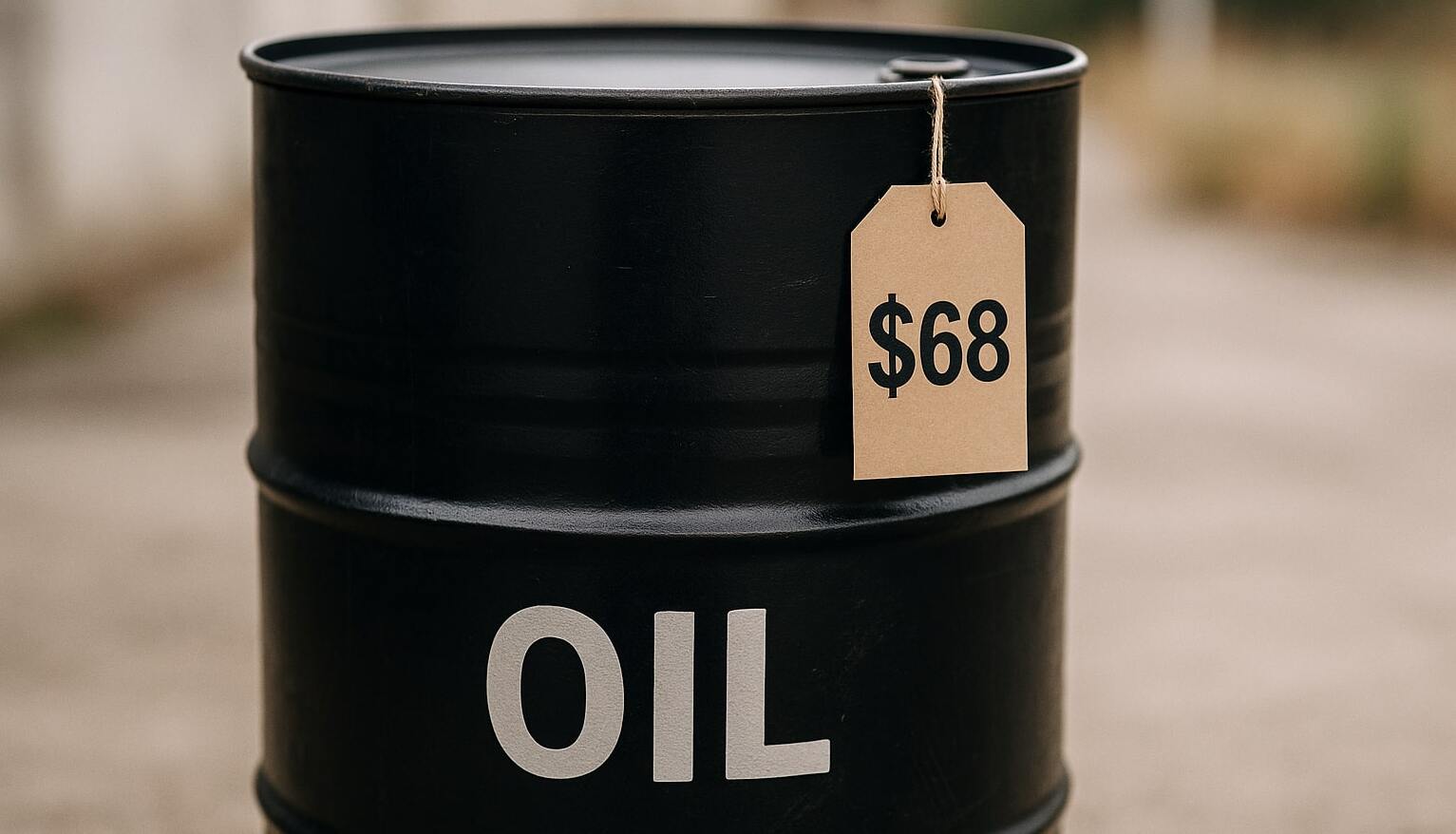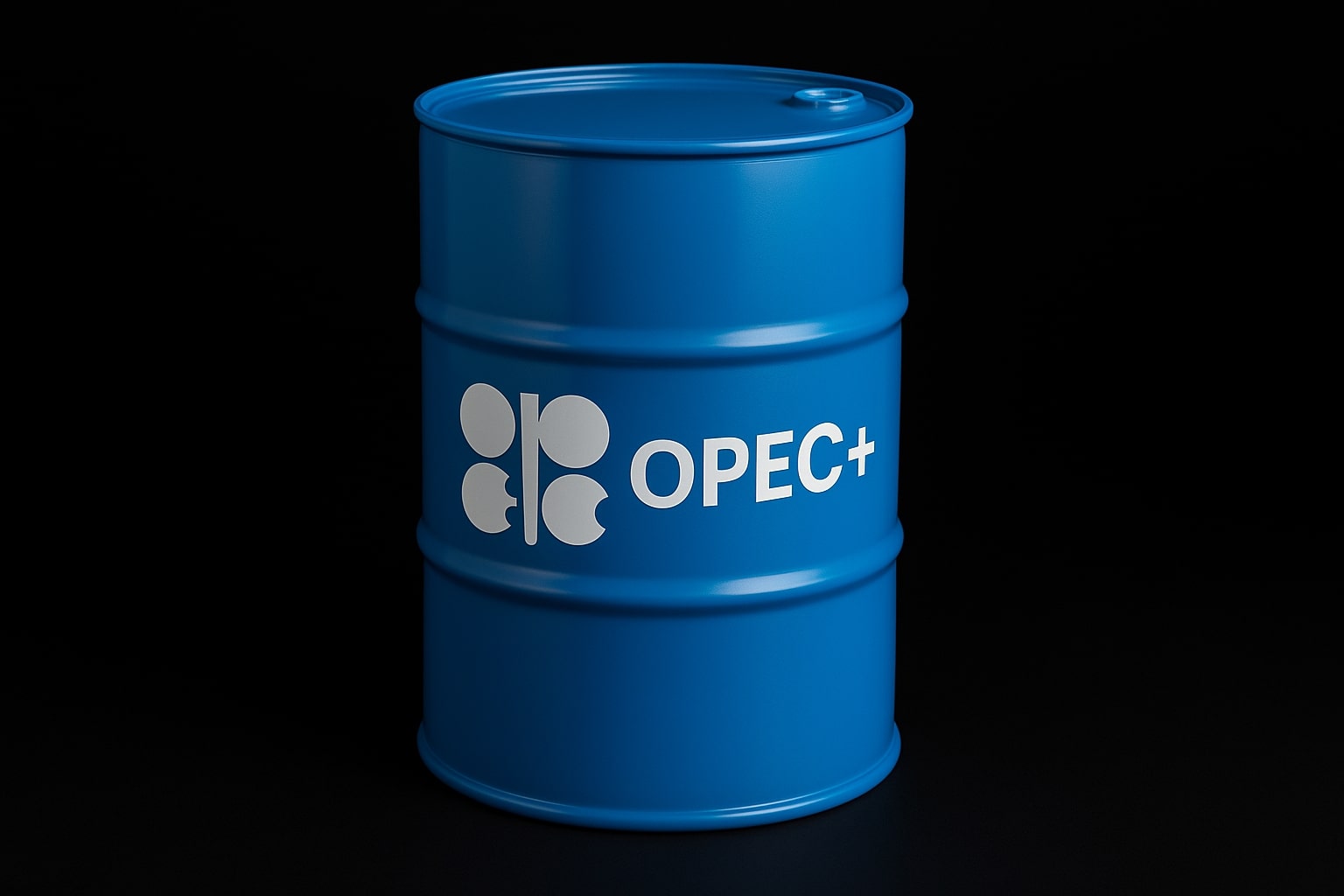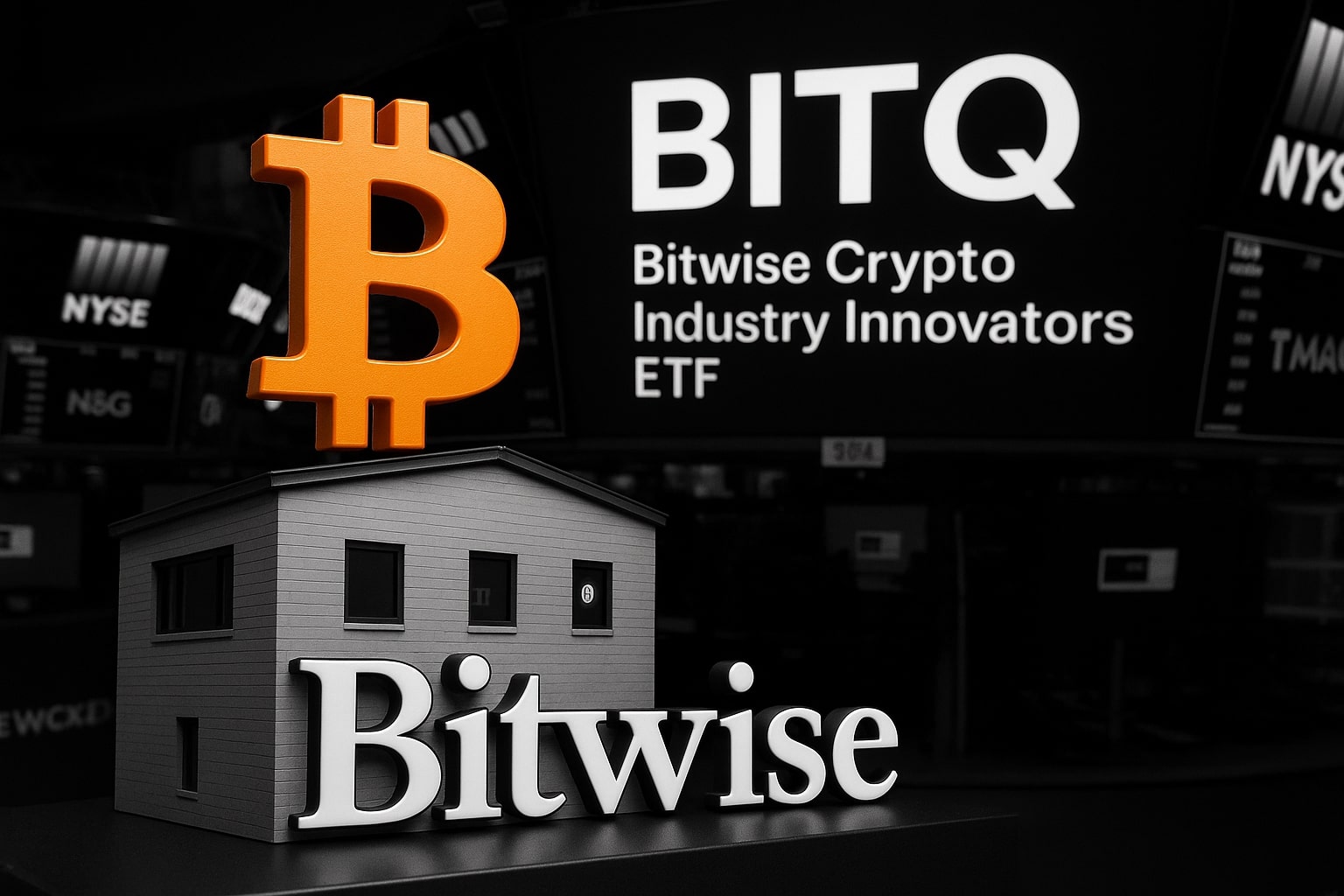
Crude Edges Higher on Trade Ambiguity and OPEC+ Watch – Is Brent Poised to Break $68?
With Brent at $67.03 and WTI at $63.22, front‐month spreads firming and insider pipeline plays point to upside momentum. Will June’s OPEC+ supply decision cement this rally? | That's TradingNEWS
Global Crude Benchmarks Rebound on Trade Ambiguity
Brent crude (BZ=F) opened the week at $67.03 a barrel while West Texas Intermediate (CL=F) hovered near $63.22, snapping a mini-slide even as Washington simmered in mixed messages over U.S.–China tariff talks. President Trump’s late-week boast of ongoing talks with President Xi Jinping ran headlong into Treasury Secretary Scott Bessent’s Sunday disclaimer that he wasn’t negotiating tariffs in Beijing, merely discussing financial stability. China promptly denied any tariff discussions, yet a vacuum of fresh headlines has left shorts vulnerable and sent oil prices modestly higher as traders brace for the May 5 OPEC+ meeting and an anticipated uptick in U.S. output ahead of summer driving season.
Physical Market Tightness Supports Front‐Month Premiums
Deliveries from Middle East producers remain restrained, and prompt‐month time spreads have firmed noticeably. According to ING, that physical “us‐vs‐futures” strength—which saw the Brent one-month spread trade at a two-month premium—reflects cautious buying by refiners wary of any sudden supply pinch. U.S. crude inventories rose by 1.4 million barrels last week, but Cushing stocks fell by 0.8 million, underlining regional tightness. Meanwhile, API data showed a rare draw of 2.1 million barrels in the U.S. total liquids figure, adding a bullish undercurrent.
Tariff Uncertainty and OPEC+ Ambitions Cast a Long Shadow
Oil’s recent 1 percent weekly loss owed partly to tariff jitters. Moomoo Australia’s Michael McCarthy warns that “absence of resolving news” is now the main driver, as traders factor in a potential surge in OPEC+ quotas and U.S. shale volumes. OPEC’s technical committee is said to be weighing a 500 kb/d collective increase for June, with Saudi and Russian output likely rising in tandem. The combination of fresh barrels from the May 5 decision and an expected U.S. rig count rebound—Baker Hughes reported U.S. oil rigs ticked up to 483 this week—threatens to overwhelm a still‐soft demand outlook clouded by trade war risks.
Energy Transfer (ET) and Insider Moves
Energy Transfer (ET) has outperformed the Alerian MLP Index by nearly 600 basis points year-to-date, yielding 7.4 percent at a $60.4 billion market cap. CEO Kelcy Warren disclosed an insider purchase of 100,000 units at $19.75 on April 15 (see insider filings), signaling confidence in the company’s Permian takeaway and midstream EBITDA growth. ET’s 12,200 miles of intrastate and 20,090 miles of interstate pipelines stand to benefit if U.S. producers ramp shale drilling to chase summer crack spreads. Chart & real‐time quotes here
Williams Companies (WMB) Eyes AI‐Fueled Gas Demand
The Williams Companies (WMB) surged 49.2 percent in the last 12 months, buoyed by record cloud‐compute gas needs. Last quarter’s 67 percent year-over-year rise in Transco pipeline bookings to $28 billion underscores the strength of its Northeast gas corridor. An April 22 insider transaction saw a board member add 50,000 shares at $37.85, affirming long‐term conviction (insider details). With WMB’s $72.8 billion market cap and 33,000 miles of pipelines transporting one-third of U.S. gas, the company is positioned to capitalize on liquefaction and AI data‐center expansions. Live pricing here
Golar LNG (GLNG) in the Clear with Floating LNG Demand
Golar LNG (GLNG) trades at a 60.2 percent gain over the past year, capitalizing on the global push for floating LNG as a lower-capex alternative to land plants. FLNG vessel FLNG Hilli Ene delivered 1.2 million tonnes in Q1, while Golar’s $4.2 billion market cap reflects a 44 percent five-year profit CAGR. A pair of insider buys on April 10—totalling 25,000 shares at $25.40—highlights confidence in LNG shipping demand amid European supply diversions. Track GLNG in real time
U.S. Shale M&A Stalls Amid Valuation Standoff
After Q1 2025’s $17 billion in shale deals—half from Diamondback’s $4–4.3 billion Permian asset sales to Viper/Double Eagle—M&A appetite has faded. Enverus analysts note a 30 percent average drop in deal value following any quarter with a >5 percent oil price fall. With shale players keeping debt low and capex disciplined, asset owners are asking for premium prices while buyers recoil at lower oil, creating a valuation standoff. Should global benchmarks stay below $65 through year-end, expect consolidation from distressed producers.
Technical Roadmap for WTI and Brent
WTI (CL=F) remains nestled in a symmetrical triangle on the hourly chart, with main support at $62.27 and resistance at $63.67. A clean breakout above $63.67 on volume would target $64.26 and $64.84, while a slide below $62.27 risks testing $61.81. On the daily chart, Brent (BZ=F) is testing its 50-day SMA at $66.85, with the 200-day SMA at $65.10 acting as secondary support. RSI readings around 54 for both benchmarks imply mild bullish tilt but ample room for reversal if macro headwinds intensify.
Strategic Recommendation: Hold Energy Exposure
Oil’s current uptick reflects technical cover and physical market tightness rather than a fundamental shift. With OPEC+ set to potentially add barrels in June, U.S. shale output poised to climb, and trade uncertainty clouding demand forecasts, the risk-reward favors a neutral stance on outright WTI and Brent futures. Upstream services providers linked to shale expansions and gas infrastructure names like ET and WMB retain relative value, but investors should hold off on new directional oil bets until clarity emerges from both the May 5 OPEC+ meeting and any breakthrough in U.S.–China trade negotiations.
That's TradingNEWS
Read More
-
BITQ ETF Soars 66.55% as Bitcoin Blasts Past $124,000 — Crypto Equities Lead 2025 Rally
13.10.2025 · TradingNEWS ArchiveStocks
-
XRP ETFs XRPR, XRPI Slip as Ripple XRP-USD Holds $2.62 — SEC Fast-Track Could Ignite $20B
13.10.2025 · TradingNEWS ArchiveCrypto
-
Natural Gas Price Forecast - NG=F Steadies at $3.00 as U.S. Export Boom Tests Old Fields
13.10.2025 · TradingNEWS ArchiveCommodities
-
USD/JPY Price Forecast - Dollar to Yen Climbs to ¥152.28 as Japan’s Political Shakeup
13.10.2025 · TradingNEWS ArchiveForex



















